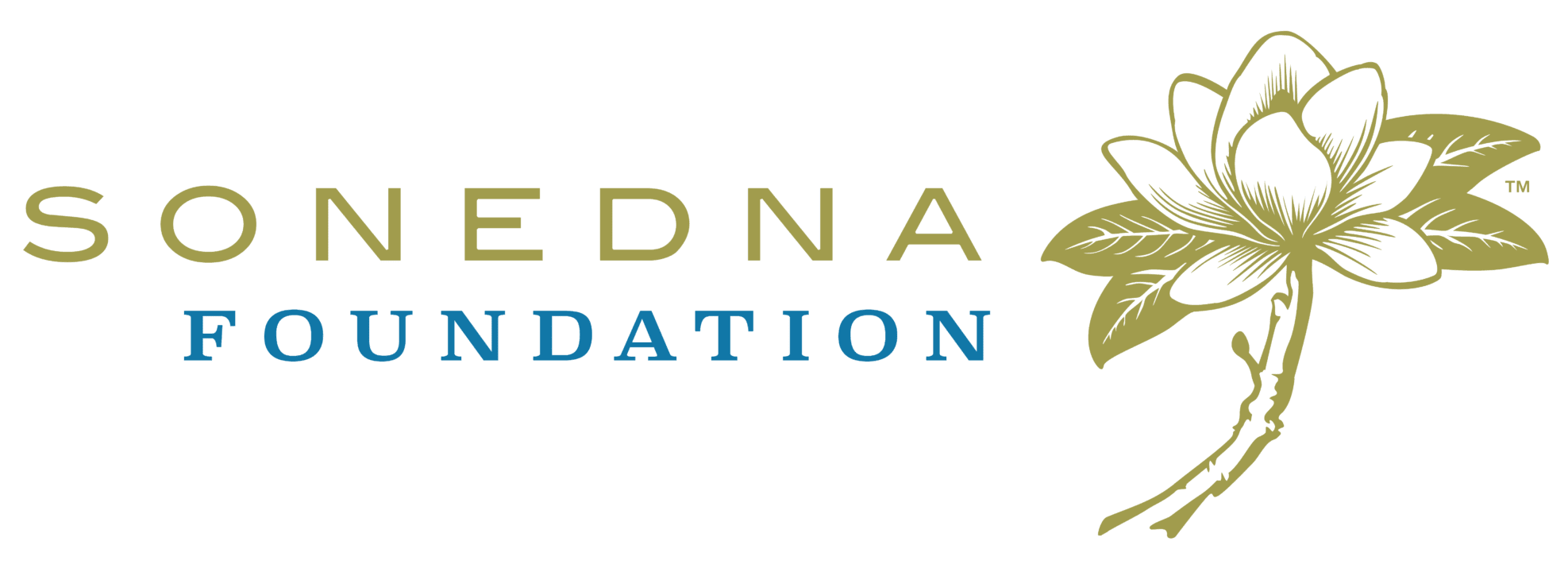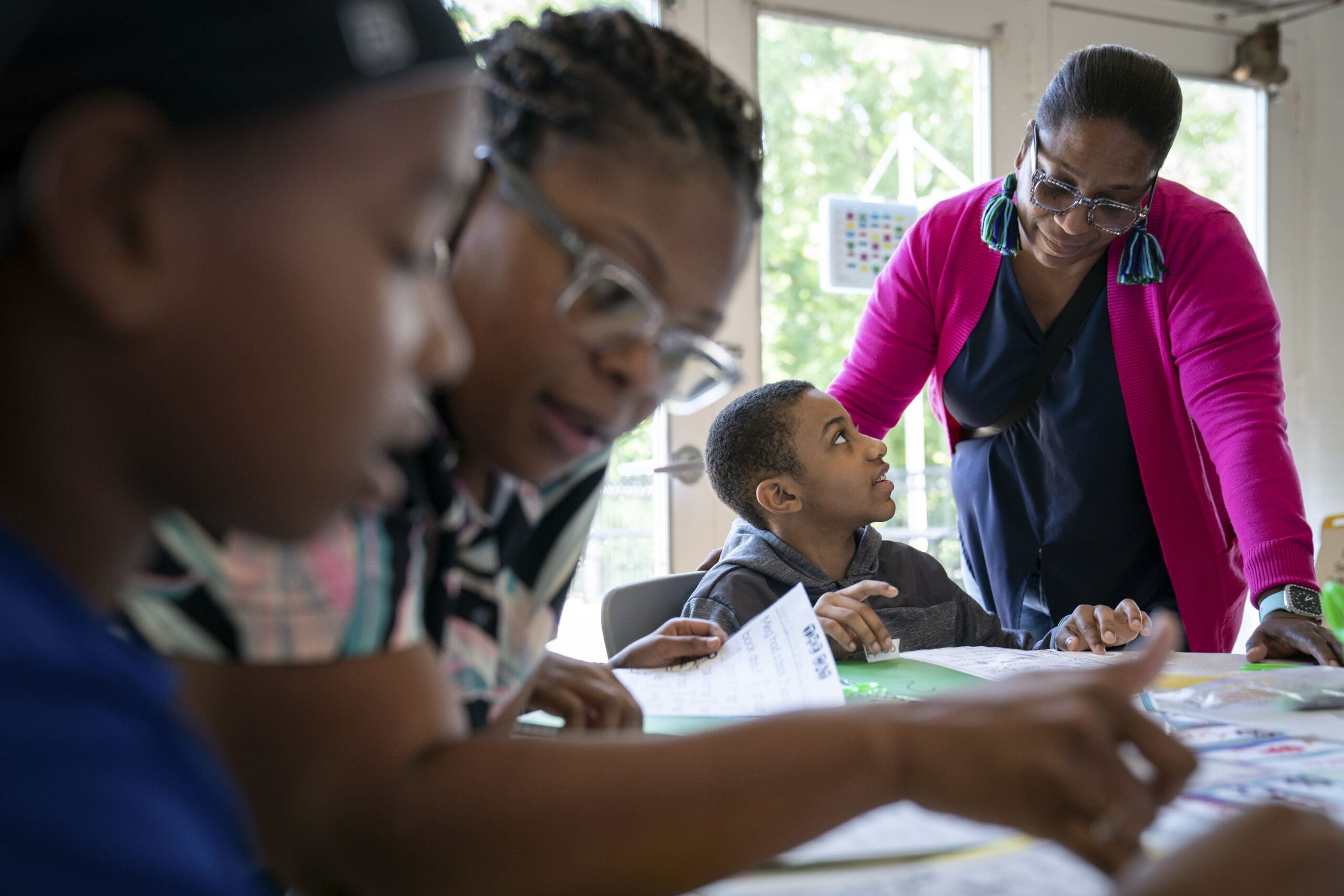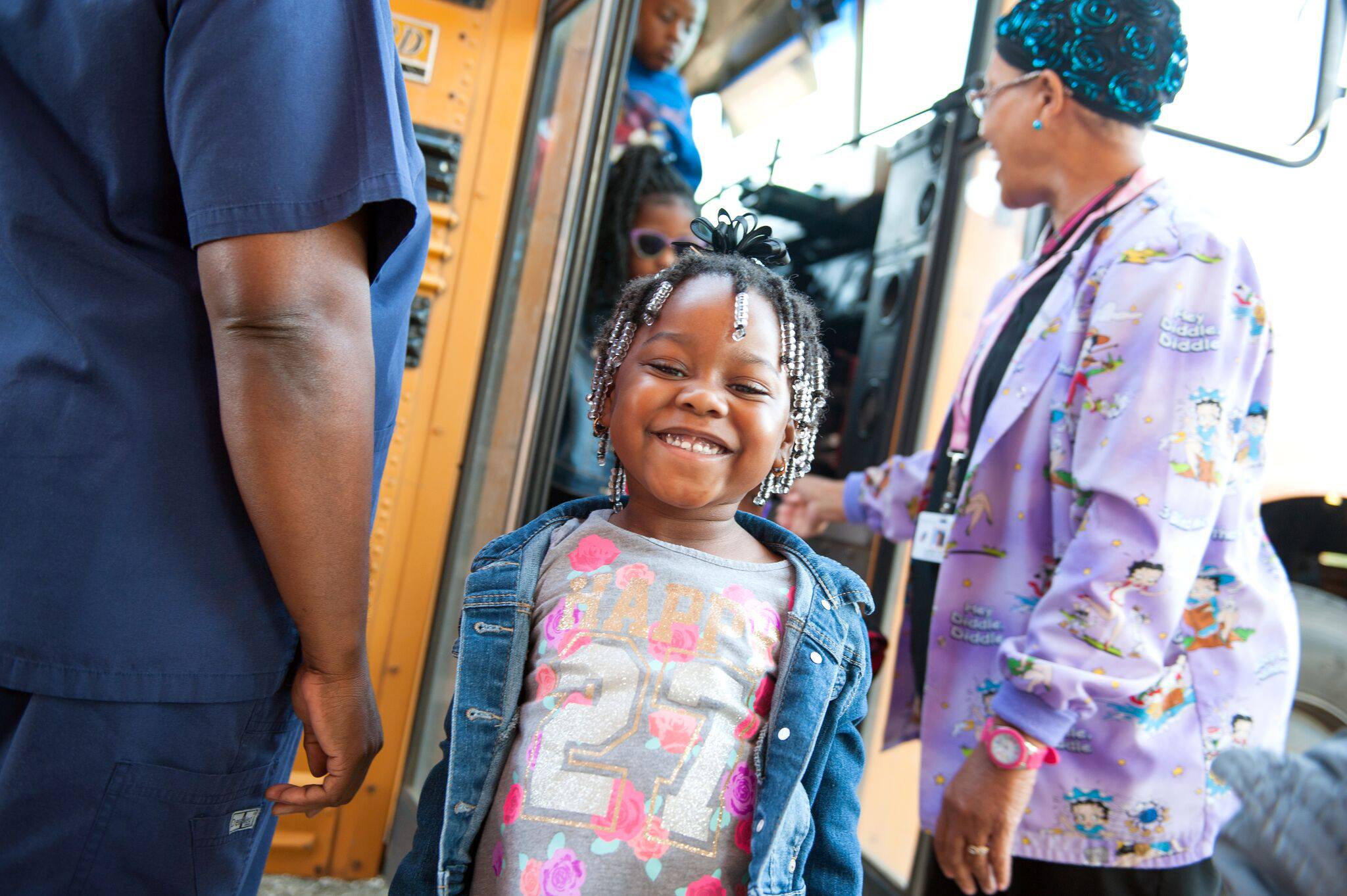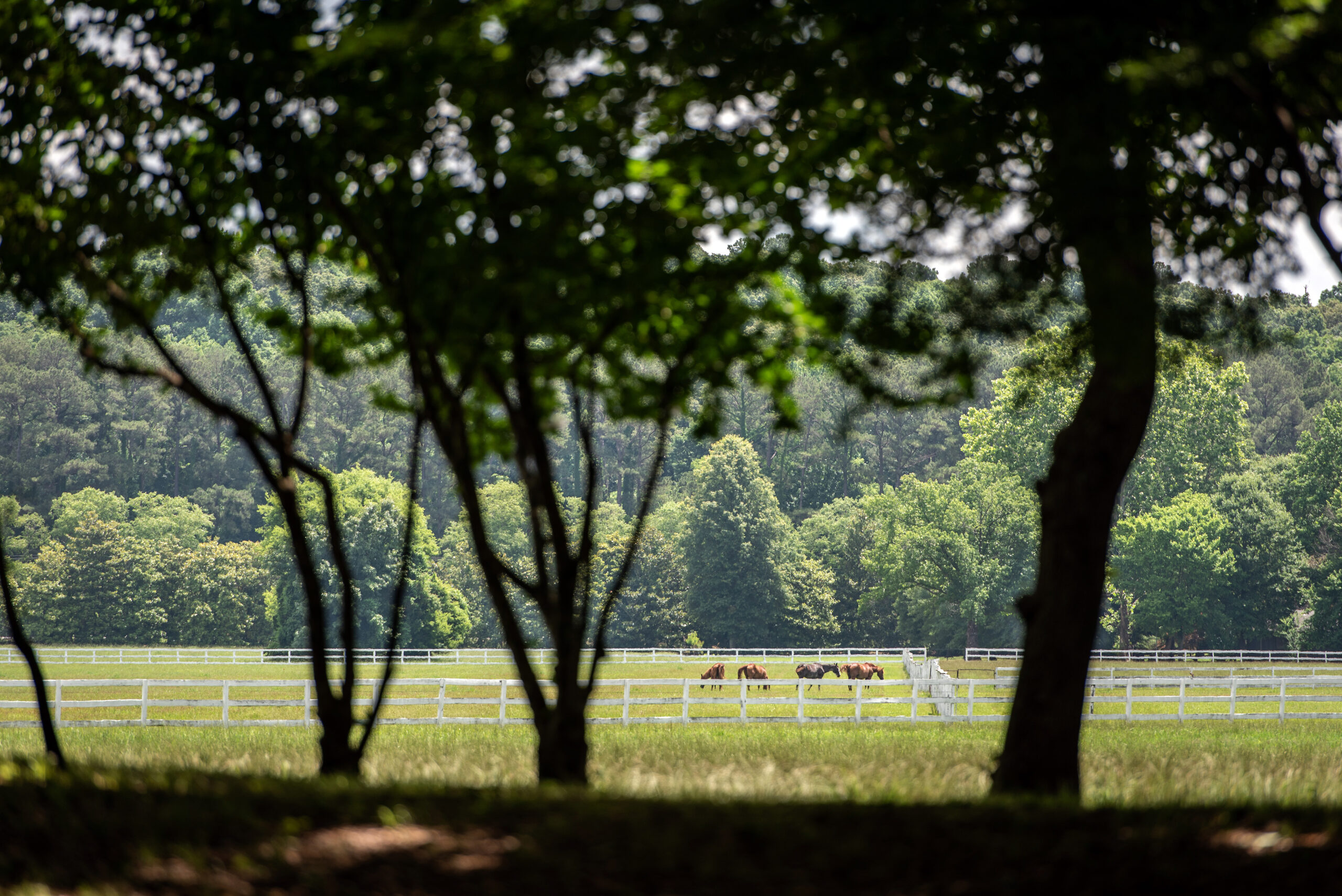Curiosity in Action
At SonEdna Foundation, our approach is grounded in partnership, powered by curiosity, and guided by a continuous cycle of learning. This is what we call Curiosity in Action.
When growth has no limits, potential knows no bounds.
Since our inception, learning has always been our catalyst.
- What are we curious about?
- What did we do?
- How did we do it?
- Who was impacted?
- What did we learn?
- How did we evolve?
Rock River Foundation (1991 – 2012)
Morgan Freeman moved back to the Mississippi Delta and founded the Rock River Foundation named after his home county – Tallahatchie (which means Rock River).
His belief in expanding educational opportunity in Mississippi could change lives by giving people the tools to reach their full potential and create their own futures.
What were we curious about?
What did we do?
How did we do it?
Who was impacted?
- Educators leading the way in classrooms and beyond
- Students gaining access to greater learning opportunities
- Schools received resources such as books and funding for capital improvements
- Community organizations strengthening local education
What did we learn?
- We began to understand the landscape. Many education efforts were underway, but often operated in silos—limiting collaboration, efficiency, and impact. Resources were stretched thin, and initiatives were frequently duplicated rather than aligned.
- Changemakers illuminated the bigger picture. We gained deeper insight into interconnected factors that shaped long-term success. Education was impacted by economic stability, family support, and access to resources.
- Early childhood education was a critical gap. While many organizations focused on K-12 and higher education, early learning received little attention. Yet, data showed that investing in the earliest years wasn’t just beneficial but essential for long-term success.
How did we evolve?
Tallahatchie River Foundation (2012-2024)
Morgana Freeman joined in a leadership role and wanted to strike a balance between the Founder’s desire for statewide impact and narrowing the focus.
In doing so, the work became more public which led us to differentiate from other organizations named Rock River. We changed to Tallahatchie River Foundation to keep our identity.
What were we curious about?
How could a small family Foundation build on the belief in education to make a stronger, lasting impact?
What did we do?
We started to build a countywide model that could help us identify what could be scaled statewide.
How did we do it?
- Launched the Tallahatchie Early Learning Alliance (TELA) as countywide holistic approach to early childhood development addressing:
- Ages 0-3 – Parenting classes, childcare partnerships, teacher development
- Age 4 / Pre-K – Early Learning Collaborative, Professional Learning Communities
- K-3rd Grade – Literacy interventions, teacher coaching
- Launched the Mississippi Early Learning Alliance (MELA) to strengthen statewide coalitions advocating for early learning systems change
Who was impacted?
- Changemakers – Connected educators, community leaders, and policymakers to resources, networks, and opportunities to expand their impact
- Children – Ensured every four-year-old in Tallahatchie County has access to Pre-K and is kindergarten ready
- Families – Strengthened parent and caregiver access to the knowledge and tools to support their child’s learning
- Communities – Strengthened local capacity by investing in early learning as a foundation for future success
What did we learn?
- Active listening ensures solutions meet real needs. Local voices must shape efforts for them to be effective.
- Engaging the adults around children is critical. Parents, caregivers, and educators all play a defining role in a child’s success. To create real change, they had to be deeply involved—not just as supporters, but as active participants in the learning process.
- Information must be shared constantly in real time so the community can apply locally.
Collaboration multiplies impact by connecting shared visions, aligning resources, and mobilizing for collective progress. - Continuous learning fuels systemic change. TELA and MELA reinforced the power of listening, adapting, and improving—not just for students, but for entire communities.
How did we evolve?
- TELA and MELA showed us learning doesn’t stop with children—it must extend into adulthood.
- Engaging with stakeholders revealed the need to build a culture of lifelong learning. This led to a bigger question: How can learning be the foundation for thriving communities?
- Answering it meant looking beyond early education to what sustains lifelong learning.
SonEdna Foundation (2024 – Present)
Naming ourselves SonEdna Foundation reflects the depth of our commitment to the power of place and the potential of the communities we serve.
We saw that the Delta’s challenges weren’t isolated. They were deeply connected.
Strengthening education alone wouldn’t be enough if economic opportunity remained out of reach. Economic growth wouldn’t be sustainable without investing in the land and environment that people rely on.
The more we listened and learned, the clearer it became:
- Education fuels the possibility of ensuring people have the knowledge and skills to shape their own futures.
- Economic Development expands opportunity creating the conditions for individuals and businesses to thrive.
- Environmental Sustainability protects what’s foundational, caring for the land, resources, and ecosystems that sustain communities.
Our three strategic focus areas define what it means to thrive within their own domain, while becoming most powerful when activated together to build thriving communities.



